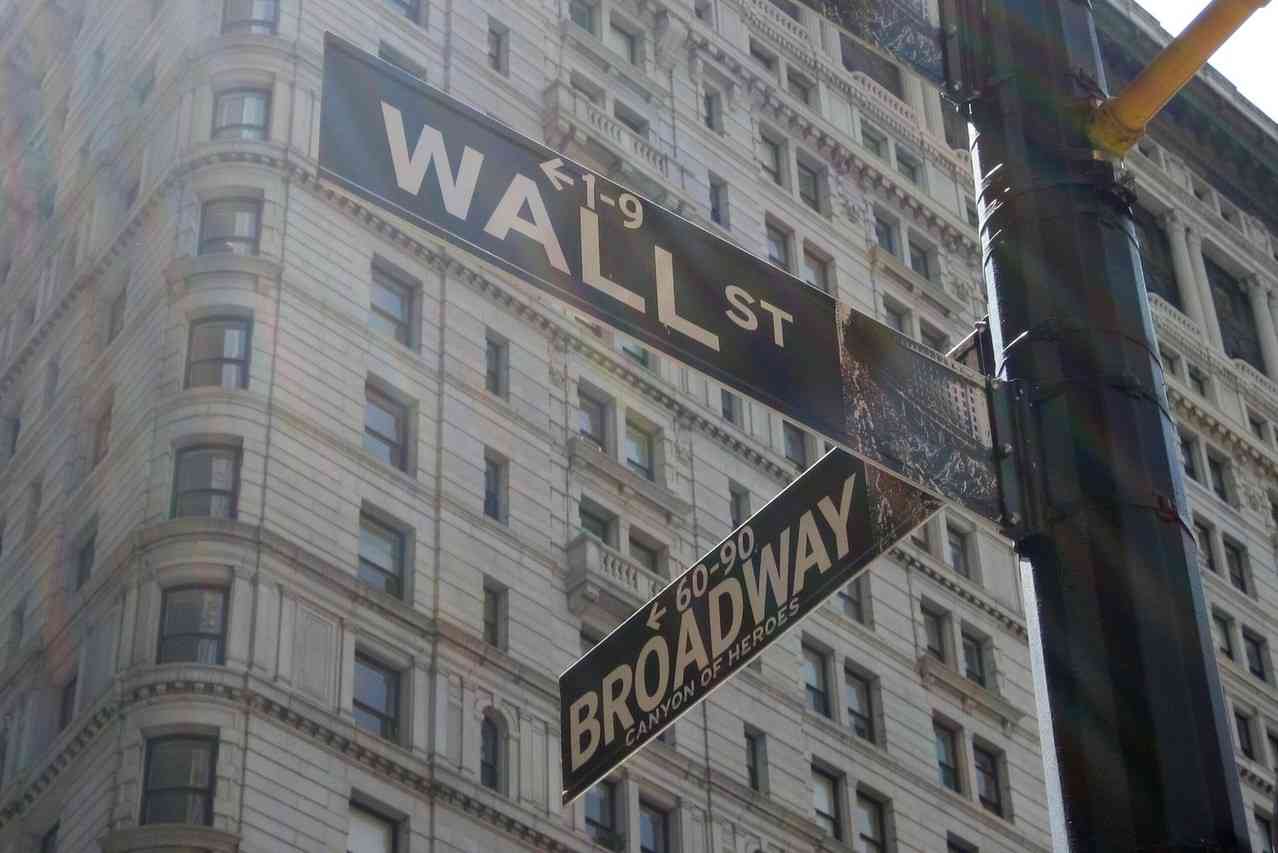What did the Federal reserve do exactly?
The Federal Reserve took the anticipated move to increase interest rates to 0.5 pc from 0.25pc. The increase is only the second in a decade following the financial crisis which saw rate slashed to 0pc in 2009 following the global recession in 2007.

The significance of the latest interest rate increase highlights a new level of continued confidence in the US economy which has seen US unemployment approach pre-recession levels, a buoyant housing market and inflation levels which have been more than palatable. Remaining comfortably on target for the Fed’s target of 2pc helped in part by Opec’s decision to cut oil production and also increased property rental rates in the US. Growth in the US has also been encouraging rising at 3.2pc annually.
Why weren’t interest rates raised before?
Globally there have been many hurdles which have both delayed and ensured the FED’s decision to raise interest rate rises has been measured. The first this year were fears for the Chinese economy which had a profound effect on stock markets seeing the Dow Jones lose as much as 467 points before recovering to a loss of 276 points.
Many also predicted more extreme immediate ramifications following the UK’s decision to leave the European Union which also delayed the rate hike. Many economists predicted that the UK would be thrown into recession and the GBP would have been devalued at much greater levels than actually happened. Although currently Article 50 hasn’t been triggered and the UK’s departure process hasn’t begun to unravel one would predict that if the European Union decided that the process should become a challenge for the UK, the UK’s economy could suffer.
Finally, a current affair which is extremely relevant to the US’s decision to raise rates was the Election which was won by Donald Trump. In the lead up to the election, many have viewed Trump as a bit of a wild card which financial markets looked on very unfavourably. However, so far the president elect has pleased markets. The Dow closing in on the 20,000 milestone and the Nasdaq and S&P 500 breaking records. Currently being dubbed the ‘Trump effect’ many believe that the president elects pro-business and infrastructure views bode well for investors in 2017.
Are the FED likely to raise rates again?
In a word yes. Markets had been anticipating the 0.25pc interest rate rise in December. However, during her rate rise announcement Yellen also cited three further rate hikes in 2017. The future rises are predicted to take place in September and will take into account the previously mentioned infrastructure spending planned by Trump. in short it would appear very like that the increasing interest rates to 0.5 pc won’t be the last.
How did the rate rise effect financial markets?
As a key indicator of an economy’s health, even the anticipated interest rate boded well for the US economy and markets rallied following the announcement. Brent crude traded just short of the $54-dollar mark.
The US dollar gained ground against many of the majors. With the GBP/USD weakening from the day’s opening of 1.2550 to 1.2382 following Yellen’s prediction of 3 further rate hikes in 2017.
The news also saw EUR/USD slump to its lowest rate in 14 years touching 1.0377 from an opening rate of 1.0481. No doubt this trading pair will also come under further pressure as the EU negotiates the potential loss of one of its largest contributors and also contends with near-term elections.
If you are considering exchanging any of the currencies discussed in this article or are curious as to which data may affect a currency you need to exchange, please feel free to contact us [email protected].